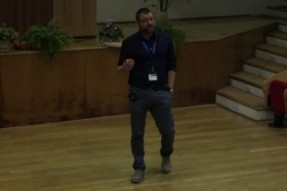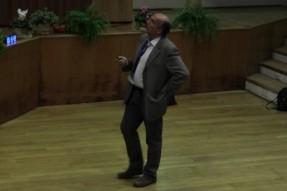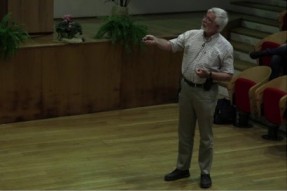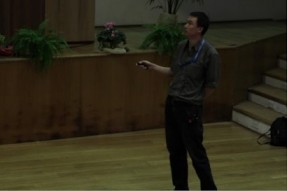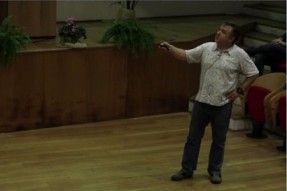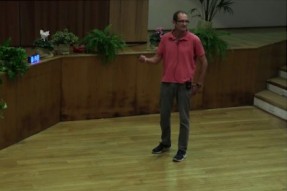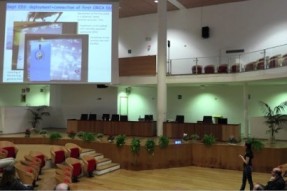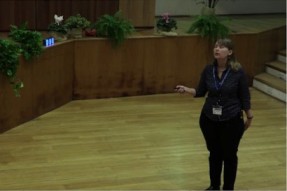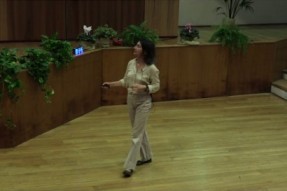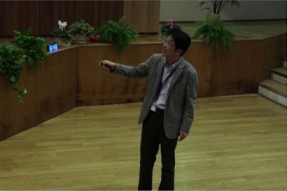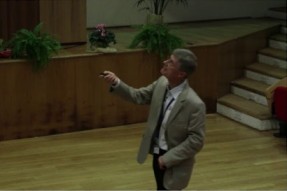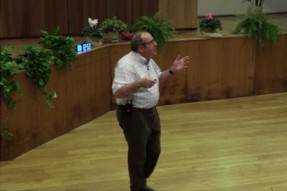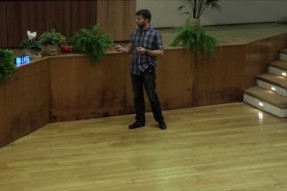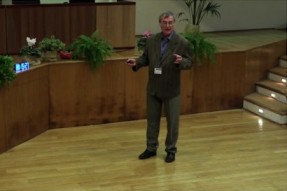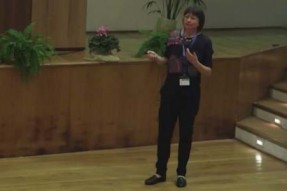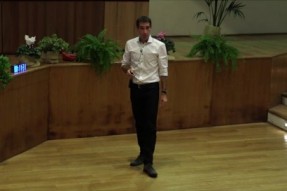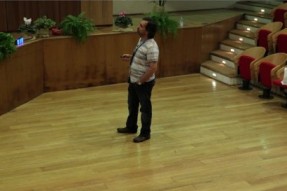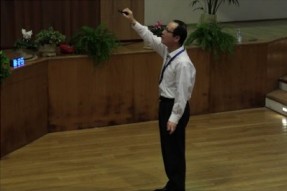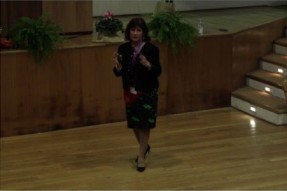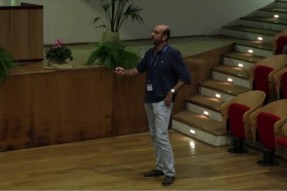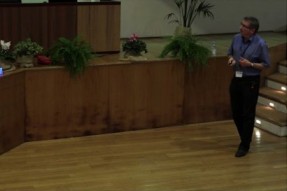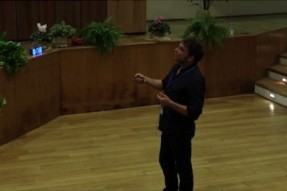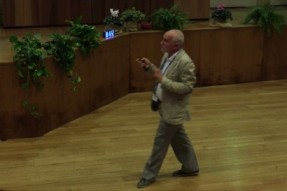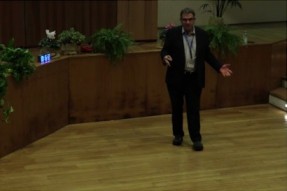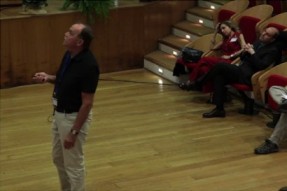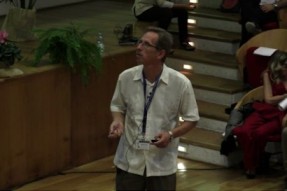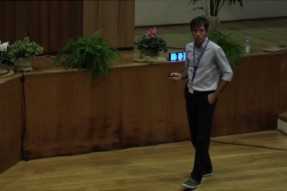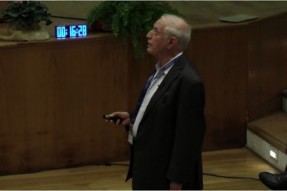Quenching of gA in beta and double beta decays: a review
Jouni Suhonen (University of Jyväskylä, Finland)
We still do not know if the neutrino is a Majorana or a Dirac particle, i.e. if the neutrino is its own antiparticle or not. Also the absolute mass scale of the neutrino is unknown, only the relative scale is known from the neutrino-oscillation experiments. These unknown features of the neutrino can be tackled by experiments trying to detect the neutrinoless double beta (0νββ) decay. The rate of 0νββ decay depends on the second power of the double Gamow-Teller nuclear matrix element, M(0ν) GTGT containing virtual transitions through various multipole states Jπ. The matrix element is multiplied by the second power of the effective (quenched) value of the weak axial-vector coupling constant for 0νββ decay, (geff A,0ν)2. The coupling constant geff A,0ν plays an extremely important role in determining the 0νββ-decay rate since the rate is proportional to its 4th power. The amount of quenching has become an important issue in the neutrino-physics community due to its impact on the sensitivities of the present and future large-scale 0νββ-decay experiments.
The quenching of gA is traditionally related to shell-model calculations of Gamow-Teller β-decay rates. Similar quenchings can also be obtained in some other nuclear-model frameworks, like the proton-neutron quasiparticle random-phase approximation (pnQRPA) and the microscopic interacting boson model (IBM-2). The quenching of gA has also been addressed in calculations of the rates of two-neutrino double beta (2νββ) decays where the g4 A dependence is present like in the 0νββ decays but the quenching can be of different magnitude since the scale of the exchanged momentum between the nucleons and the neutrino is different.
Novel ways to address the quenching problem are offered by the studies of forbidden β decays. The virtual transitions going through the Jπ states are divided into Fermi, Gamow-Teller and forbidden unique and non-unique beta transitions. Theoretically, the unique forbidden transitions are simple to handle since the related decay rates are proportional to the square of only one nuclear matrix element. Rates of the forbidden non-unique β transitions are, however, complex combinations of lepton phase-space factors and many nuclear matrix elements. The shapes of the corresponding spectra of the emitted electrons (β spectra) can, however, be very sensitive to the value of gA, and thus the measured β spectra can give information on the effective value of gA.
In my contribution I present a review of the quenching problem of gA in β and ββ decays. In particular, I want to draw attention to a very recent result concerning the impact of the (possibly strong) quenching of gA on the sensitivity of the 0νββ-decay experiments.
"CNNP 2017 - Conference on Neutrino and Nuclear Physics" (Catania, 15-21 October 2017)
Vedi anche
- Bellezze e sporcizia nell'Universo
- Simmetria: la ricerca di ordine in natura
- Structure of proton-rich nuclei via mirror beta decay and charge exchange reactions
- Developments and applications of Micro-Pattern Gaseous Detectors (MPGD): a concise review
- Novel approaches to the nuclear physics of double beta decay
- DAMA/LIBRA results and perspectives
- The SOX experiment at LNGS for the search of sterile neutrinos
- The HALO and HALO-1kT Supernova Detectors
- Low-energy neutrino experiment at Jinping
- Theory of neutrino masses and mixing

